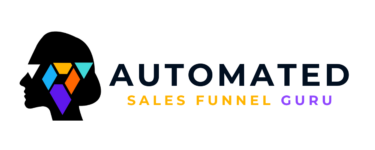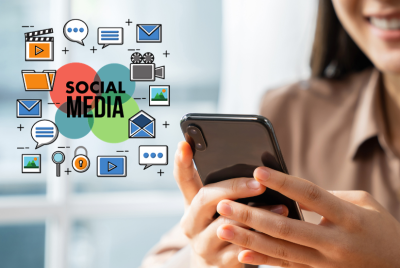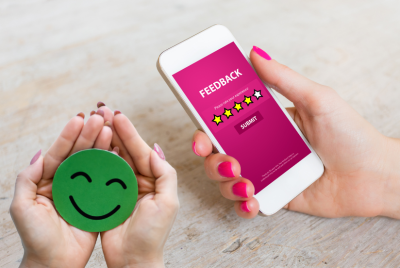Email Sequences for Coaches and Course Creators: Designing Effective Campaigns
Introduction
As a coach or course creator, your success depends on your ability to connect with your audience and nurture relationships. One powerful tool at your disposal is email marketing, specifically the use of well-designed email sequences. In this article, I will share valuable insights and suggestions for designing effective email campaigns that will engage, convert, and ultimately help you achieve your business goals.
1. Understanding the Power of Email Sequences
Email sequences are a series of strategically crafted emails sent to your subscribers over a specific period. Unlike single emails, sequences provide a structured approach to communicating with your audience. They allow you to build trust, deliver value, and guide your subscribers through a predefined journey.
2. Mapping Out Your Customer Journey
To create an effective email sequence, start by mapping out your customer journey. Identify the key stages your audience goes through, from awareness to consideration and ultimately conversion. Tailor your email sequence to align with each stage, delivering relevant content that addresses their needs and pain points.
3. Crafting Compelling Subject Lines
Subject lines are the gateways to your emails. They play a crucial role in grabbing attention and encouraging recipients to open your emails. Craft subject lines that are intriguing, personalized, and create a sense of urgency. Experiment with different approaches to find what resonates best with your audience.
4. Engaging and Valuable Content
Content is king, even in email marketing. Ensure your emails provide value to your subscribers. Offer actionable insights, tips, or resources that help them solve their problems or achieve their goals. Write in a conversational tone, incorporating personal pronouns and engaging storytelling to foster a stronger connection with your audience.
5. Personalization and Segmentation
Personalization is a powerful technique to make your subscribers feel valued and understood. Utilize the data you have on your audience to segment them based on their interests, behavior, or demographics. Tailor your email content and recommendations to each segment, increasing relevancy and engagement.
6. A/B Testing for Optimization
Continuous improvement is key to success in email marketing. A/B testing allows you to compare different elements of your emails, such as subject lines, calls to action, or email designs. Experiment with variations and analyze the results to optimize your campaigns and increase conversions.
7. Call to Action and Conversion Optimization
Every email in your sequence should have a clear call to action (CTA). Whether it’s guiding subscribers to your website, inviting them to sign up for a webinar, or promoting a product, make your CTAs compelling and persuasive. Use a combination of persuasive language, urgency, and social proof to encourage conversions.
8. Automated Triggers and Follow-ups
Automation is a time-saving and efficient way to nurture leads and maintain consistent communication with your audience. Set up automated triggers and follow-ups based on subscriber actions or inaction. For example, send a follow-up email to those who haven’t opened or clicked your previous email, reminding them of the value they might have missed.
9. Analyzing and Optimizing Performance
Regularly analyze the performance of your email sequences to identify areas for improvement. Track open rates, click-through rates, conversions, and other relevant metrics. Identify patterns, learn from your data, and make data-driven decisions to optimize your campaigns for better results.
10. Maintaining a Consistent Brand Voice
Consistency is crucial in email marketing. Maintain a consistent brand voice throughout your email sequences. This ensures that your audience recognizes and resonates with your emails, building trust and familiarity over time.
Conclusion
Crafting effective email sequences is an art that requires careful planning, testing, and optimization. By understanding your audience, delivering valuable content, and utilizing personalization techniques, you can design email campaigns that engage and convert. Remember to analyze your data and make iterative improvements to achieve maximum results.
FAQs:
Q1: How many emails should be included in an email sequence?
A1: The number of emails in a sequence can vary depending on your specific goals and customer journey. Typically, a sequence may consist of 3-7 emails spread over a few days or weeks.
Q2: Should I segment my email list?
A2: Yes, segmentation allows you to deliver more targeted and personalized content to your subscribers. By understanding their interests and preferences, you can create more engaging campaigns.
Q3: How often should I send emails in a sequence?
A3: The frequency of emails depends on the nature of your business and your subscribers’ expectations. Aim for a balance between staying top of mind and not overwhelming your audience with excessive emails.
Q4: What metrics should I track to measure the success of my email sequences?
A4: Key metrics to track include open rates, click-through rates, conversion rates, and unsubscribe rates. These insights help you evaluate the effectiveness of your campaigns and make data-driven improvements.
Q5: Can I use email sequences for product launches?
A5: Absolutely! Email sequences are particularly useful for product launches. They allow you to build anticipation, provide value-driven content, and guide your audience towards making a purchase.




